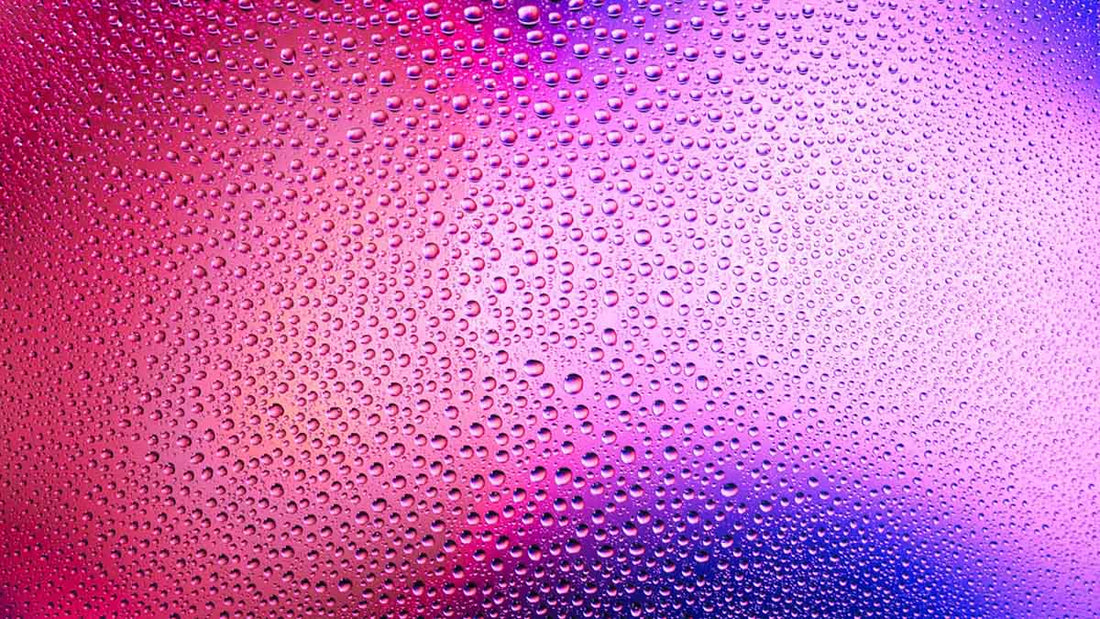
What Are Water Vapes? Benefits, Risks, and How They Work
Water vapes are a newer innovation in the vaping world, designed to offer a smoother and cleaner vaping experience. Unlike what the name might imply, these devices don’t simply turn plain water into vapor — that would be neither effective nor safe. Instead, water vapes use the same foundational ingredients as traditional e-liquids, such as propylene glycol (PG) and vegetable glycerin (VG), with water added to the mix in carefully adjusted ratios.
Often marketed as a “healthier” or “more natural” alternative, water vapes are primarily designed to reduce vapor density and harshness. The hope is that vaping water will be a lighter, less intense hit. This also affects the flavor profile, making it less sweet and giving the vapor a cleaner feel.
In this guide, we'll explore how water vapes work, how they differ from conventional vaping products, and whether they live up to the claims made by manufacturers.
Are There Any Vapes That Are 100% Water?

In short, no. There are currently no vapes on the market that use 100% pure water in their vape liquids. The reason for this is both technical and practical.
Firstly, water requires a much higher temperature to vaporize, as opposed to regular e-liquid ingredients. That means that the actual device would come with the risk of overheating, which can be dangerous.
Have you ever burned yourself on steam alone while cooking? Whether accidentally touching a hot plate on the stove or holding your hand in the billowing steam over a boiling pot, the result is the same: you burn your hand. Vaporized water is steam, as in superheated water and air. So technically, inhaling pure vaporized water would result in some pretty serious burns in your mouth, throat, and lungs.
Secondly, water is not a viable carrier liquid for flavoring. So whether you choose an ultra-sweet candy caramel flavor or a more subtle, natural one, you won’t actually taste it when you press the button and inhale. It is, simply put, an impractical delivery system for flavor, which is why using PG, VG, and/or other additives to deliver flavor and vapor will always form part of the ingredients in water-based vapes.
Brands like Aquios and Innokin are innovators in the water-based vape-sphere — they’ve even won awards for it! — who market their devices as water vapes even though they don’t use a 100% water-based liquid. Water may make up 20% to 30% of the formula, but it’s never the sole component.
One of the main criticisms of water vapes is that they lack the satisfying throat hit many vape users enjoy. If that's what you're looking for, the ARRØ diffuser is one of the closest alternatives — a clean, water-style vape that uses safer, plant-based ingredients to deliver naturally smooth puffs that are gentler on your airways while still feeling like a real vape.
Are Water Vapes Safe?
Water-based vapes are better for you than vapes that use harmful substances like diacetyl, vitamin E acetate, and formaldehyde in their e-liquids. They claim to offer a smoother inhalation experience and reduce coughing and irritation in your airways, and might also lessen the likelihood of dry mouth or dehydration. But… they’re still vaporizers that heat liquid into an aerosol that is inhaled into the lungs. There just isn’t enough scientific evidence to back these claims or to know if they have no long-term negative effects.
Inhaling any foreign substance — even safe-for-ingestion liquids like VG and PG — comes with some degree of risk. Technically, it’s not safe to inhale anything into your lungs other than good, clean, fresh air. And even with water included in the vape juice, the flavors need a carrier liquid so that you can actually taste your flavoring of choice, which is why other carrier liquids make up the rest of vape juice formulations.
Transparency is important: vaping, including water-based vaping, is not risk-free. They may be more comfortable to use as a regular vape alternative, but we can’t call them the safest vape yet.
Honorable Mention: Water Filtration Vapes
Since we’ve explained that 100% water vapes don’t exist, but that vapes that use water in some part of the delivery do, an interesting inclusion in this list is devices that feature a water filtration system in their hardware.
To be clear: these are not nicotine delivery systems or “health vapes.” These devices, like the Planet of the Vapes range, Sutra, and Cloudious9’s Hydrology9, are cannabis vaporizers that incorporate a water chamber to cool and filter vapor from burning CBD and THC oil, or dry herb, before inhalation. The main idea is that the water filters out all the harsh, gross stuff so that every pull has a comfortable mouth feel without causing irritation or discomfort in your throat and lungs.
Is it kind of, technically, a bong? Yup. There’s no way to sugarcoat it. But the concept of using water to filter the vapor pre-inhalation may inspire new vaping technology to make it more enjoyable in the future.
What’s The Takeaway?

The idea of water vapes is compelling, whether you’re looking for a smoother, potentially less irritating way to vape, or if you’re looking for smoking alternatives like our nicotine-free vapes.
Some brands are really pushing the boundaries of water-based vaping, like Aquios and Innokin, but it’s important to understand that these products still contain other ingredients.
As always, make sure you’re reading labels, checking ingredient lists, and staying informed if you’re exploring water vapes for fun, delicious flavors, curiosity, or comfort. In the end, water vapes aren’t a miracle device, but they are an option. And understanding what is in them, and what isn’t, is the first stage in deciding whether they should form a part of your daily routine.

Leave a comment